Four wonderful Cuban films
This box set contains four films which, to make things easier, are reviewed on different pages: Lucía on page 1; Memories of Underdevelopment on page 2; I Am Cuba on page 3; Strawberry and Chocolate on page 4 with a brief overall opinion on page 5.
LUCIA
Beginning in 1838 during the Spanish-American War, Lucía follows a woman called Lucía who is courted and married to a wealthy man. In the 1930s, another woman called Lucía is living in the opulent heyday of President Machado's premiership and her relationship with a political activist. When Machado is forced from office there is much celebrating and the film moves on to 1960s Cuba where another Lucía is forced by her overbearing husband to stop working at the farm and stay at home.
The theme of Lucía is that women have always been repressed in Cuba but are only allowed to be free under Communism when they are encouraged to work and literacy teachers from Havana can help them break their shackles.
It was initially confusing as I wasn't sure whether the chronological shifts were part of a flashback/flashforward narrative but, once you understand that the film comprises three different periods to show how liberating Castro's rise to power was - this is, after all, a propaganda film - you enjoy it and appreciate the epic scope.
This is an immensely ambitious project by Humberto Solas, running at over 140 minutes and encompassing three of the most important periods in Cuba's history. To show it through the eyes of a woman, or three in particular, is an interesting narrative device and one that works particularly well. Despite the massive scope it is fairly easy to follow and the propagandist element almost adds to, rather than detracting from, the viewing experience.
All three Lucías are fine actresses and the supporting cast are also very good. However, this is Humberto Solas' and he shows himself to be an immensely skilled director. There are other Cuban films that I enjoyed more than this but Lucía is one that I will watch again in the near future.
The Disc
The Picture
Visual quality is not top-drawer, with some persistent grain and lack of definition which fluctuates throughout the different segments - the last is probably the clearest. It is tremendously well shot with superb cinematography and the mise-en-scène really helps to add to the period pieces.
The Sound
A reasonably clear Mono Spanish soundtrack with some excellent scored music and only a few subtitling errors, but not enough to detract from the film or prevent you following the verbal exchanges.
Final Thoughts
Lucía is a great film and a really interesting piece of 1960s propaganda which is beautifully shot and edited and a fascinating watch.
MEMORIES OF UNDERDEVELOPMENT
The fifth film by Tomás Gutiérrez Alea, based on the novel by Edmundo Desnoe, Memories of Underdevelopment (Memorias del subdesarrollo, 1968), follows an aspiring bourgeois writer, Sergio (Sergio Corrieri) who decides to stay in Cuba following the revolution.
His parents and ex-wife leave for the US and Sergio spends his time wandering around Havana, contemplating the state of underdevelopment in Cuba, both as a country and, both emotionally and intellectually, as a populace and his relationships with two women, Elena and Hanna.
The film starts just after the Bay of Pigs invasion and ends just before the Cuban Missile Crisis, showing Cuba in a transitory state. As Cuba is going through change, Sergio realises he has little in common with the country he once knew or is too old for women like Elena who have none of his intellectual interests.
Critically lauded upon its release, including being awarded a Rosenthal Award (which Alea was unable to collect, due to being refused a visa by the US government), Memories of Underdevelopment is one of the best films to come out of post-revolutionary Cuba. Alea uses an array of cinematic methods to tell the story, including stock footage of the Bay of Pigs prisoners, newsreels of the impending nuclear crisis and documentary footage of a real debate about underdevelopment in Cuba and Latin America.
I had to study this film at University and, because the DVD was not available in this country, we had to have a special screening, so it's pleasing that Mr Bongo Films have released it. It is a shame that the transfer is so poor and there are no extra features bar a gallery containing six pictures, but it is a terrific film and an important document of a pivotal point in 20th century history. If you didn't buy the individual release then this box set is very reasonably priced given the quality of the films so is one for cinephiles and those with a special interest in Latin American Cinema.
The Disc
Extra Features
All you get is a gallery of six stills from the film which have to be manually navigated.
The Picture
Memories of Underdevelopment is a beautifully shot film, which makes it all the more disappointing that the transfer is so poor, with all the flecks and blemishes of the source material and it appears that no restoration work has taken place.
The Sound
A very clear Dolby Digital 2.0 mono soundtrack, with the occasional 'pop', but the dialogue is fine and the subtitles very good - a necessary feature for non-Spanish speakers!
Final Thoughts
I find Memories of Underdevelopment to be a fascinating film and a real document of Cuba at the time it was made and how the events depicted are viewed with the benefit of hindsight.
I AM CUBA
I Am Cuba was filmed between 1963-4 to re-enact the origins of the revolution in Cuba that brought Fidel Castro to power in 1959. Following Batista's ousting, the Bay of Pigs invasion and the Cuban Missile Crisis cemented the ties between Cuba and the Soviet Union, allowing Mikhail Kalatozov and his favourite cinematographer Sergei Urusevsky to work in Cuba with the full co-operation of Castro's government.
In four vignettes, the film shows the worst of the Batista regime and the need for change: students are shot at, a farmer has his land sold from under his feet, US sailors leer at local girls and the people live in abject poverty. The propaganda film culminates with the guerrilla fighters from the Sierra Maestra Mountains marching in victory, with Cuban flags held high. Each vignette is introduced by the 'Voice of Cuba' (Raquel Revuelta) who poetically sets the scene, beginning each stanza with "Soy Cuba" to remind the viewer that, even though they are watching the plight of individuals, like Eisenstein's early films, there is no hero and the plight is Cuba's.
As the film had the official backing of the Cuban government, the filmmakers were given impressive resources: entire towns were available for filming; Che Guevara was apparently on set during the filming of the guerrilla fighters segment; Fidel Castro watched the rushes - but whether this was to advise or act as censor is unclear and 3,000 soldiers were provided for one section, despite the ongoing missile crisis.
A Soviet/Cuban co-production, I Am Cuba was intended to please Russian and Cuban audiences together with their governments, but was almost universally hated because the Cubans didn't like the Russian filmmaking style and felt they were being patronised, whereas the Russians didn't like the poetic nature of the film and the almost sympathetic portrayal of the bourgeoisie. It was quickly shelved by the Soviet government and has only seen the light of day thanks to the efforts of Francis Ford Coppola and Martin Scorsese.
It's clear from the opening credits, where the camera flies over the breathtaking Cuban countryside before boating down a river, then cutting to a rooftop beauty contest, that you're in for something special. In the continuous shot that follows - copied by Paul Thomas Anderson in Boogie Nights - the camera moves from the beauty contest, down the side of a building looking in on the different floors before joining sunbathers poolside, following a woman into the pool and then under the water as the music changes.
Another scene, which I watched with increasing levels of astonishment, starts on the street as a body is being carried by mourners, the camera ascends two stories to the top of a building, moves across to the neighbouring building and in through the window of a cigar factory, through the factory and out of the window at the other end before momentarily hovering then, incredibly, travelling down the middle of the street still two stories up, providing a bird's eye view of the funeral procession.
The planning and execution of these two scenes by Mikhail Kalatozov and Sergei Urusevsky is stunning and they rank up there with the best I've ever seen.
The Disc
Extra Features
Nothing on this disc, so if you want the interview with Martin Scorsese and the fantastic Siberian Mammoth documentary, you'll need to stump up for the individual release.
The Picture
A wonderfully remastered fullscreen transfer, with some breathtaking camera moves. The specially treated film gives the film heightened contrast, with deep blacks and bright foliage that looks almost silver.
The Sound
A good PCM mono soundtrack, with clear Spanish dialogue and legible and well written optional English subtitles.
Final Thoughts
This is a brilliant piece of formalist propaganda filmmaking that is essential viewing for those interested in filmmaking. I Am Cuba is a tremendous technical achievement and is, despite the content's shortcomings, highly recommended.
STRAWBERRY AND CHOCOLATE
The first Cuban film to be nominated for an Academy Award, Strawberry and Chocolate is understandably a controversial film in that Communist island. This is the second film in this set directed by Tomás Gutiérrez Alea, who shared the directing credits with Juan Carlos Tabío and is based on the story by Senel Paz, who also wrote the screenplay.
David is a student full of revolutionary ideals and sitting down to enjoy his chocolate ice cream, finds another man joining him uninvited with his glass of strawberry ice cream. Diego is an outgoing and obviously homosexual man but David is fascinated by him and when Diego reveals that he has photos of David from a college play, David is persuaded to go back to Diego's apartment to retrieve the photographs. When they arrive, Diego (surprise surprise) can't find the snaps but bewilders David with his collection of foreign literature and bizarre sculptures of Jesus. As a card-carrying member of the youth movement, a university friend convinces him to go back to Diego's and find out as much information on the man as he can so the authorities can be informed.
During David's frequent visits, he strikes up a friendship with Diego and is in a quandary whether to put duty first and collect and hand over information that would certainly see Diego deported. Complicating matters is Diego's neighbour Nancy who also takes a fancy to David which gradually seems to be reciprocated.
As the only film not made in the 1960s, in this case 1994, Strawberry and Chocolate is a fascinating look at how much, or how little, Cuba and Cuban cinema has changed in the three decades. The very fact that this film was released, showing what happens to those who don't tow the party line and the all-pervasive nature of informants proves that either Cuba was beginning to open up or wanted the public to know that such subversive behaviour would not be tolerated as you never know who's watching.
Splendidly directed and intelligently written, Strawberry and Chocolate is a thought-provoking and extremely involving film with tremendous performances by the leads, despite how outlandish and stereotypical Diego's behaviour may be. It is easy to empathise with David as the film puts you in his place and says that if you were living under these constrictions and found a cultured friend who could give you access to books and music that you didn't even know existed, what would you do?
The Disc
The Picture
Not the greatest of transfers but not a particularly bad one either; the colours are vibrant and, although the definition isn't as sharp as it could be, the film looks very good with excellent production design and set decoration.
The Sound
A decent Dolby Digital Stereo soundtrack with clear dialogue and good subtitles and a fine array of sourced music which complements the score well.
Final Thoughts
Apparently very controversial and very popular in Cuba with some filming locations becoming shrines, this is a finely crafted film and the involvement of Tomás Gutiérrez Alea attests to its quality and is an interesting link to films of Cuba's past.
Overall Opinion
When Fidel Castro overthrew Fulgencio Batista in 1959 it sent a seismic shock around the world, particularly in the US where their holiday island with casinos and beautiful beaches just off the coast of Florida was suddenly run by a committed Communist who began to develop ties with the USSR. The fact that the US still has a trade embargo and severe travel limits with the island speaks volumes about how they either perceive it as a threat or, most likely, don't want to lose the thousands of anti-Castro votes in Florida.
Cuba is not a country you associate with having a rich filmmaking history but they have produced some extraordinary films and this set brings four of them together. Though the discs are light on extras (if there are any), this retails at a very reasonable price and should attract anyone with an interest in Latin American cinema or has seen one of these films and wants to see what the others are like.
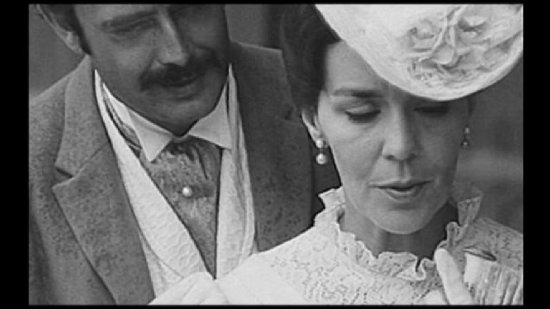
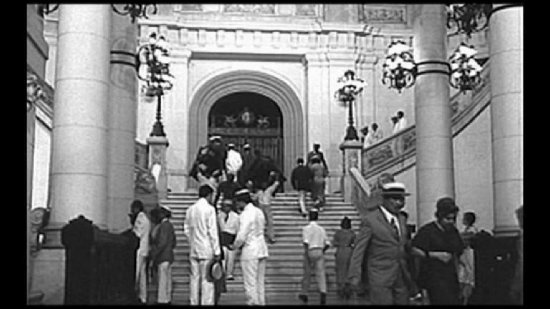
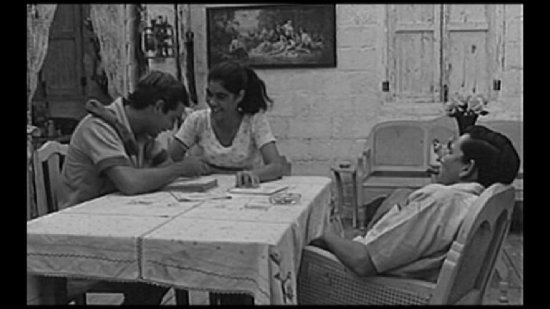
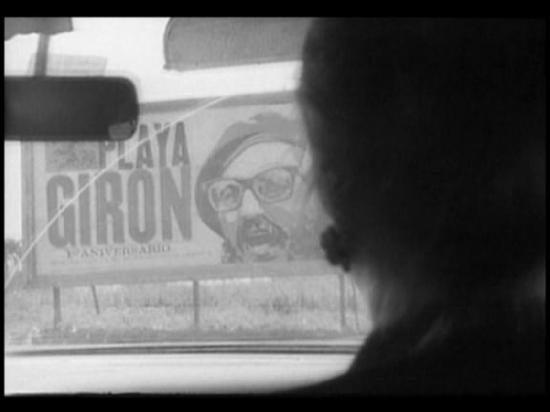
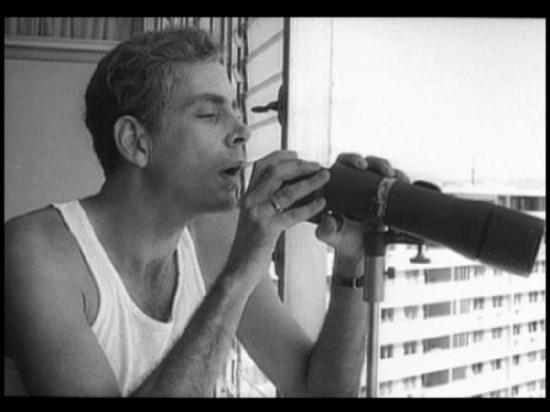

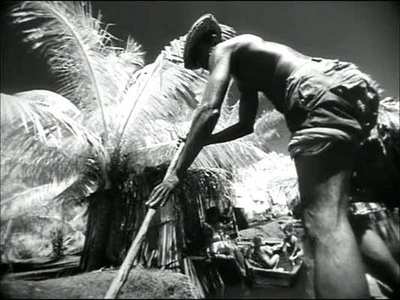

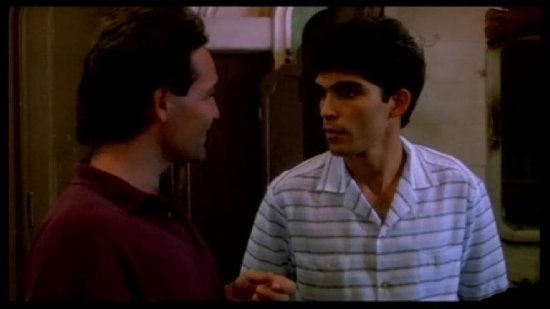
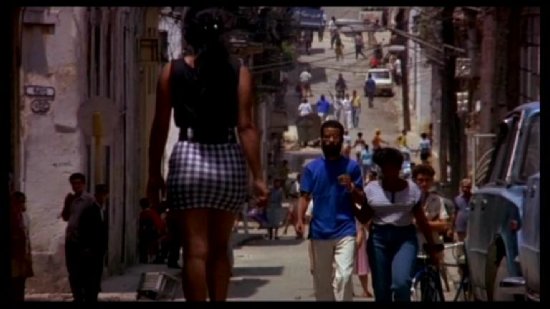
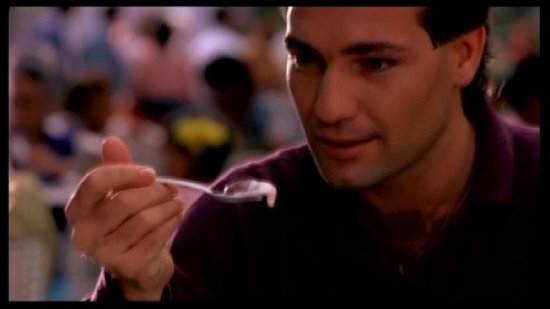
Your Opinions and Comments
Be the first to post a comment!